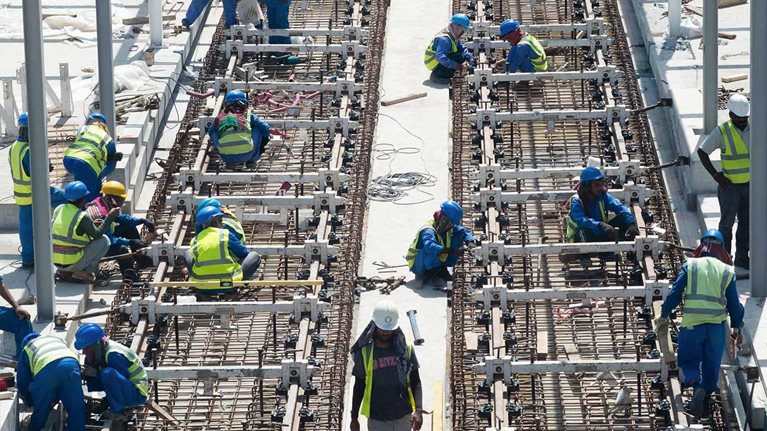MPs joined CEOs and Chairmen from leading national and state infrastructure service providers to discuss creative outcomes to this challenge.
Context: Australia’s investment in transport infrastructure is a constant source of debate. Despite its government spending ~$25 billion annually on roads over the past three years, Australian cities are becoming more congested with the cost of congestion now over $16 billion per annum. Still, Australia is perceived as a world leader in innovative infrastructure delivery, and for the scale of investment. It wants to continue this journey and lead the world on transportation outcomes from its investments.
As a state, Western Australia will spend almost $8 billion over the next four years on transport infrastructure alone and, as the population of the state grows, so does the opportunity and need for improvements in road and rail performance. This roundtable addressed topics and questions about the innovations in planning, markets, asset productivity and financing that need to be explored to deliver global leadership for Western Australia and its residents.
Some of the key themes of the discussion included:
- Australia’s relative GDP spend on infrastructure is high but the quality is sometimes low. According to the WEF Transport Infrastructure Quality Ratings, Australia lags the OECD average with specific challenges in city congestion and journey time. Australia’s avoidable congestion costs are at $16.5 billion per year.
- Governments are financially constrained in their ability to improve the situation. Budgetary obstacles and fiscal constraints are likely to result in a decrease in federal funding for infrastructure projects. This places the emphasis on the industry to innovate to deliver the required outcomes at a lower cost.
- Proven examples of innovative infrastructure planning, financing and delivery provide worthy models. Asset recycling and incentives, independent governance, city deals, integrated planning, transit oriented development, PPPs, new revenue models, competing for Federal assistance, and using benchmarking to drive productivity are some of the working examples from around the world.
- Utilization of existing assets needs to improve. Western Australia is relatively well positioned, having invested $51 billion in infrastructure over the last 8 years with another $22 billion budgeted. The first challenge is to use policies, demand management and incentives to optimize existing assets to relieve congestion.
- Integrated master planning will link jobs to housing and transport. Better bipartisan coordination between the private sector, State and Federal agencies will help improve outcomes. London is a good example of best practice. Also, reducing the dependency on policy and moving towards a market-based approach that incentivizes innovation and new business models will help unlock projects (e.g. Perth Airport).
- Better prepared business plans will improve the pipeline. With public and private money available for good projects, bankable business plans are what is lacking. Improved plans, embracing innovative financing, revenue and delivery models need to be presented to government.
- Shifting the procurement process to be less prescriptive enables innovation. Streamlining the procurement process and incentivizing the private sector to innovate will save costs and reduce time.


